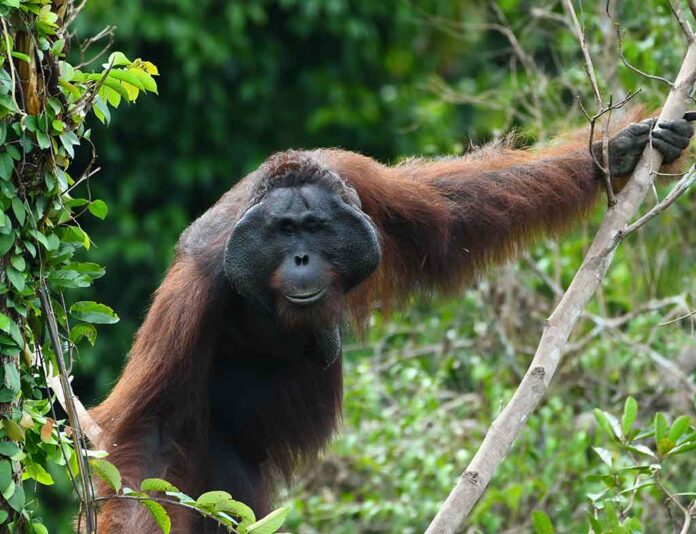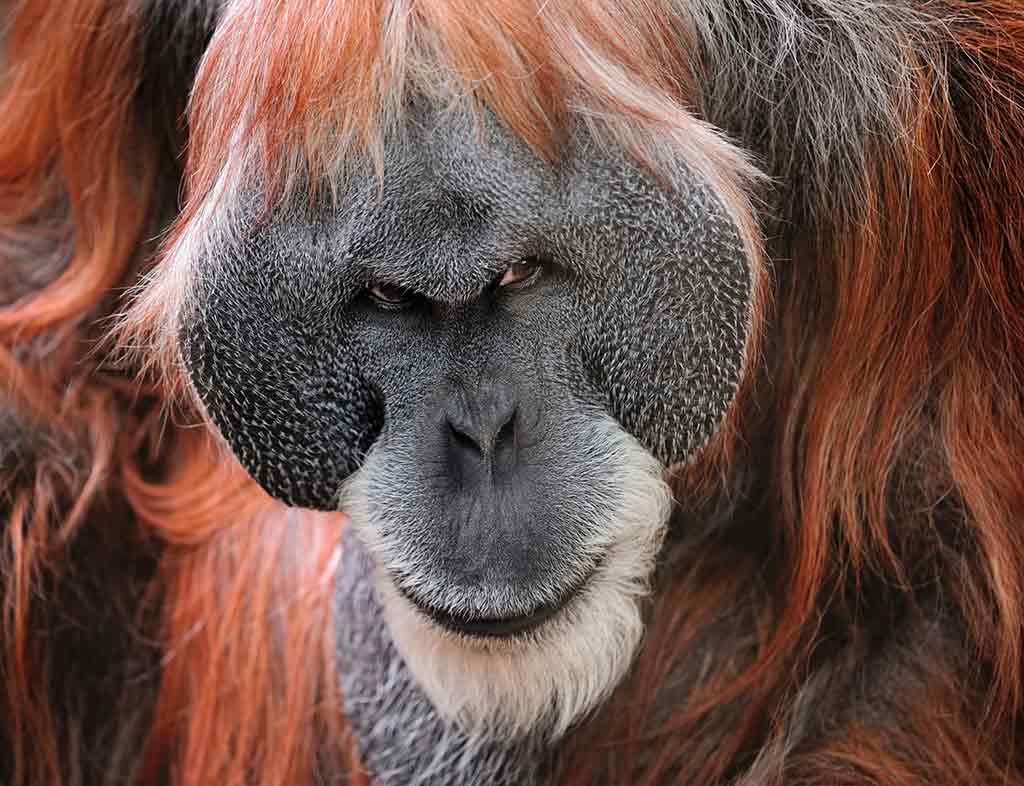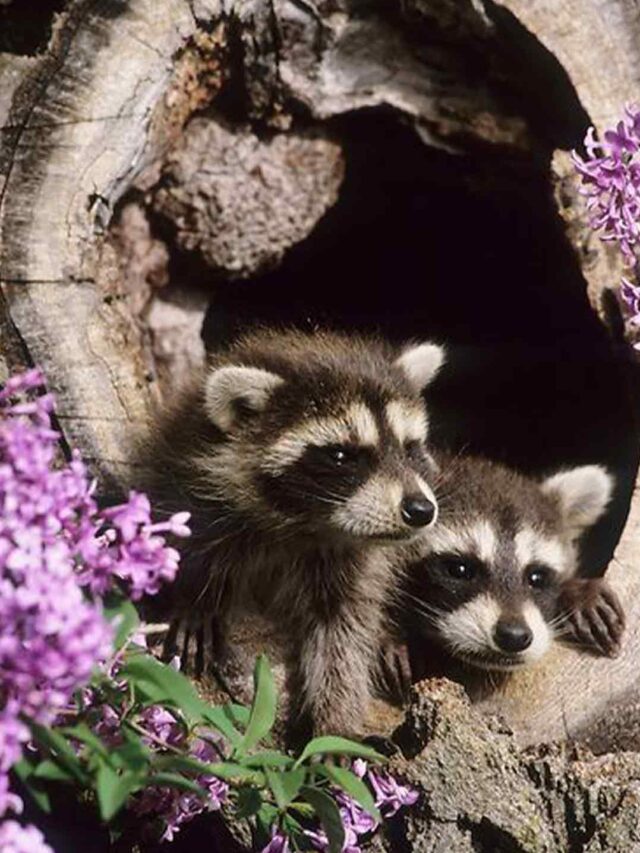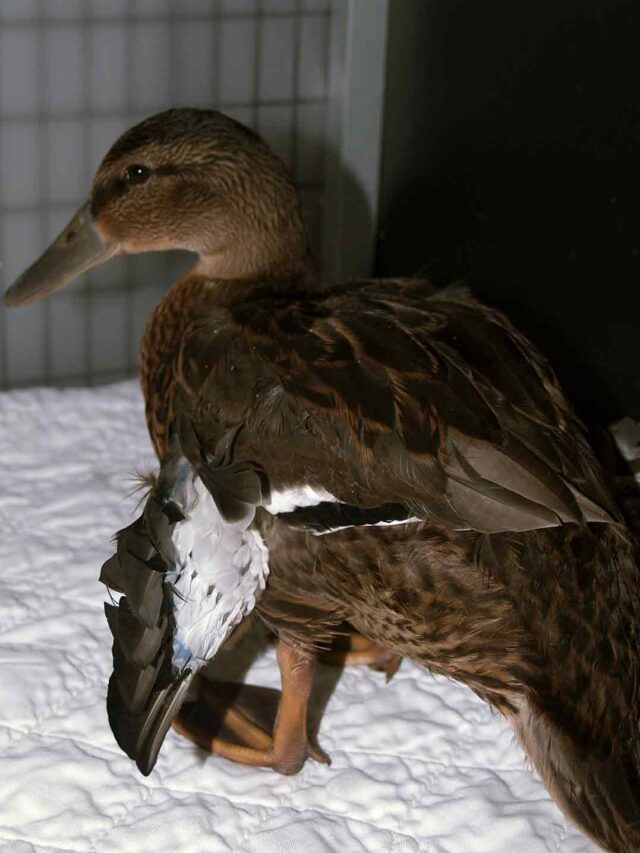
Welcome to our journey into the world of the orangutan, one of our closest relatives in the animal kingdom. In this article, we’ll explore the fascinating lives of these intelligent primates, their habitats, the threats they face, and the efforts being made to conserve them.
Table of Contents
Description of Orangutans
Orangutans are large, tree-dwelling primates native to the rainforests of Borneo and Sumatra. They are known for their distinctive orange-red fur and long, powerful arms, which they use to swing effortlessly through the forest canopy.
Habitat and Distribution
Orangutans are found exclusively in the tropical rainforests of Borneo and Sumatra. They inhabit dense, swampy forests, where they spend the majority of their time in the treetops, foraging for food and building nests.
Physical Characteristics
Orangutans have long, shaggy fur that provides insulation against the tropical heat and rain. Adult males have prominent cheek pads and throat pouches, which they use to vocalize and attract mates during the breeding season.
Diet and Feeding Habits
Orangutans are primarily frugivorous, meaning they mainly eat fruit. However, they also consume leaves, bark, flowers, and occasionally insects. Their diet varies depending on seasonal availability, with fruit making up the majority of their calories.
Social Structure and Behaviour
Orangutans are largely solitary animals, with adult males occupying large home ranges that overlap with those of several females. They are generally peaceful creatures, but males will occasionally engage in displays of dominance to establish hierarchy.
Reproduction and Life Cycle
Female orangutans give birth to a single offspring every 6 to 9 years, one of the longest interbirth intervals of any mammal. Mothers care for their young for up to 7 years, teaching them essential survival skills such as foraging and nest building.
Threats to Orangutans
Orangutans face numerous threats to their survival, including habitat loss, illegal wildlife trade, and human-wildlife conflict. Deforestation for palm oil plantations is the primary driver of orangutan habitat loss, pushing these iconic primates to the brink of extinction.
Deforestation and Habitat Loss
Deforestation is the single greatest threat to orangutans, as it destroys their habitat and fragments their populations. Palm oil production is the leading cause of deforestation in Borneo and Sumatra, displacing orangutans and pushing them into conflict with humans.
Illegal Wildlife Trade
Orangutans are also targeted by illegal wildlife traffickers, who capture them for the pet trade or sell their body parts for traditional medicine. Despite international efforts to combat the trade, orangutans continue to be smuggled out of Southeast Asia at alarming rates.
Conservation Efforts
Conservation organizations and governments are working tirelessly to protect orangutans and their habitats. These efforts include establishing protected areas, conducting habitat restoration projects, and enforcing laws against illegal logging and poaching.
Protection of Habitat
Protecting orangutan habitat is crucial for their long-term survival. Conservationists are working to establish wildlife corridors and buffer zones around existing protected areas, allowing orangutans to move freely between forest fragments.
Community Involvement
Engaging local communities in orangutan conservation efforts is essential for their success. Conservation organizations work closely with indigenous peoples and local stakeholders to develop sustainable livelihoods and promote ecotourism as an alternative to deforestation.

FAQs
1. Why are orangutans endangered?
Orangutans are endangered primarily due to habitat loss and fragmentation caused by deforestation for palm.












